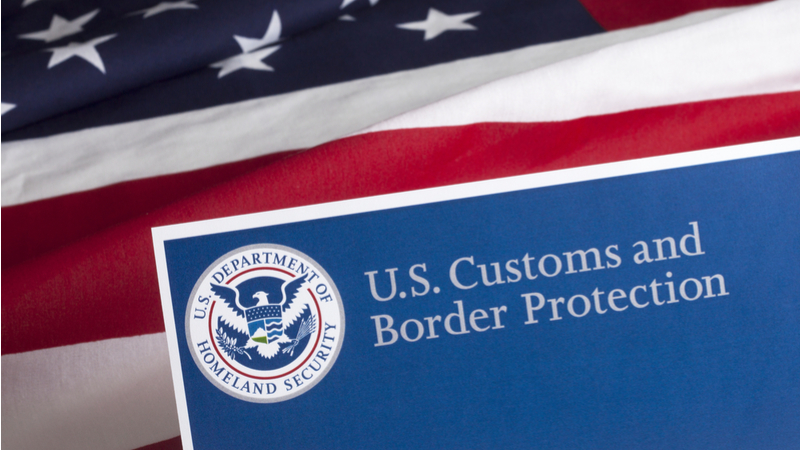
Don’t remember the U.S. Customs and Border Protection (CBP) meta-human announcement from a few months back? No problem – new details have just been released, and a top CBP official has hinted that the meta-human may be deployed soon.
CBP’s “meta-human” will be an avatar powered by artificial intelligence, explained Edward Mays, deputy assistant commissioner of Infrastructure and support services and chief enterprise infrastructure officer at CBP, who back in July first mentioned the AI-powered agent.
Speaking at a NextGov event on Thursday, Mays said that the meta-human will start off as inward facing to help reduce workload and give time back to CBP employees by allowing them to focus on other tasks.
“Think of this – how about having a conversation or something that looks akin to a human? You can wear a skin on a new one …being able to do your work while communicating with the human and having it fill out all the ticketing and all the other stuff,” explained Mays.
The meta-human can also look back on previous outages or problems and evaluate whether a current problem has been solved before, so that humans have “a recommended map head so when that team comes together, they’ll have a better starting point or that triage.”
CBP also wants the meta-human to handle real-time language translation. According to Mays, one person could speak to the avatar in one language, and it would instantly translate for someone else on the other end who speaks a different language.
Ultimately, Mays said that CBP’s meta-human is like an agentic AI but takes it “one step further.”
“Instead of you living at the command prompt, right and doing prompt engineering, you’re having a humanoid discussion with an AI,” said Mays.
Unlike many AI interactions where the user inputs rigid prompts, the meta-human will support having a natural back-and-forth conversation, he explained.
In other AI news, Mays said that CBP also just rolled out its chatbot “ChatCBP” out to the entire organization a few days ago and said that it is now available to around 70,000 users.
That rollout, he said, allows CBP “to shift more effective in terms of processing,” adding that “we’re doing – I mean – a whole lot more,” and hinted that more news on upcoming initiatives could soon be made public.
